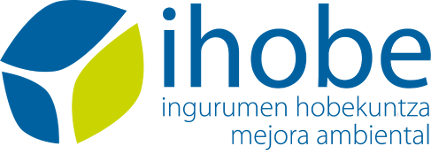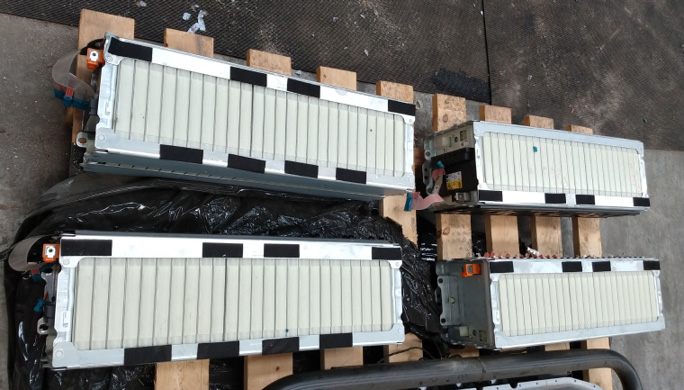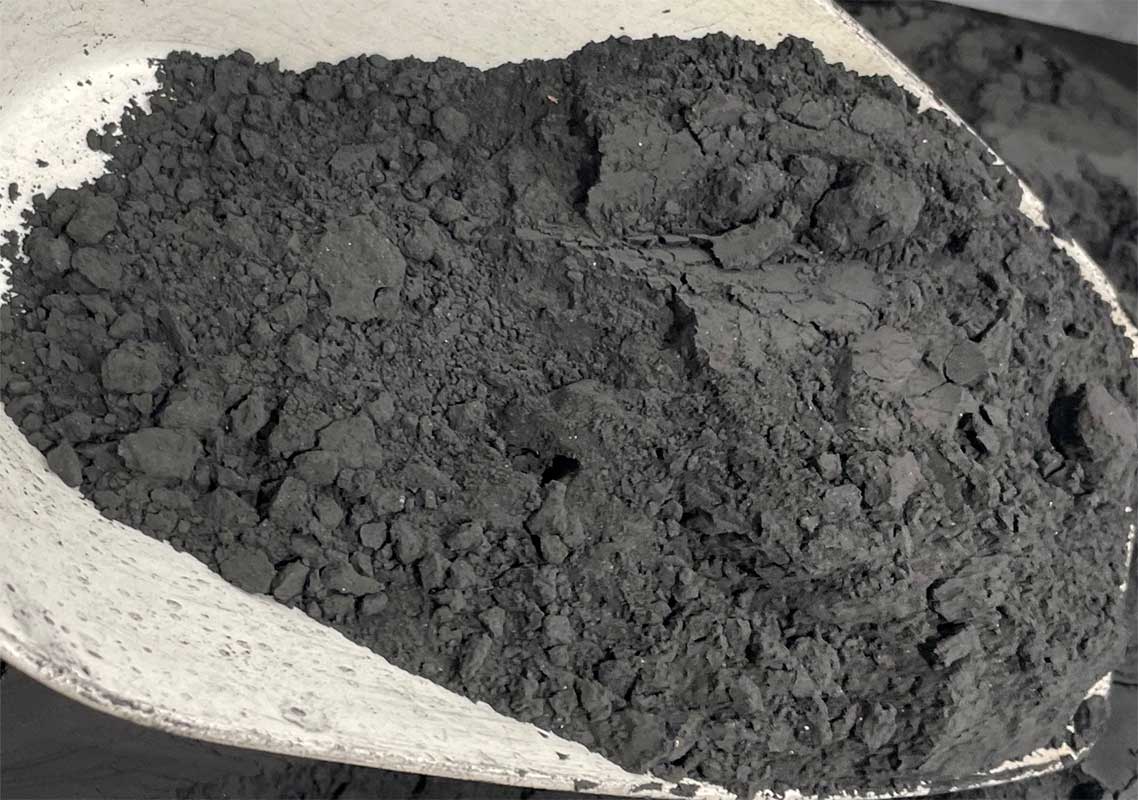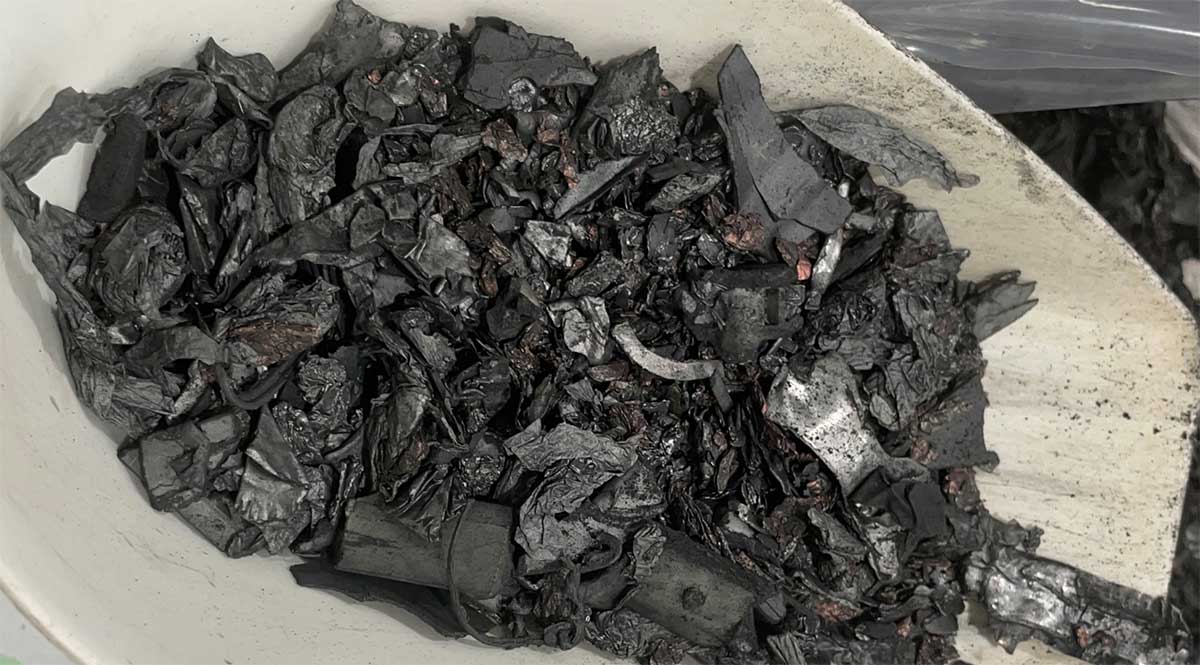BatUA
MECHANICAL PROCESSING OF LITHIUM-ION BATTERIES AT THE OTUA GROUP
The new EU battery regulation (COM (2020) 798/3), which sets recycling targets of 65% by average weight by 2025 and 70% by 2030, requires further efficiency improvements in the recycling processes for lithium-ion batteries (LIBs). Furthermore, the circular economy and the reduction in the consumption of raw materials can mean a significant improvement in competitiveness, profitability and sustainability for Basque companies.
The recovery of high-value materials contained in the so-called Black Mass (BM), which contains graphite, cobalt (Co), lithium (Li) or nickel (Ni), which can be reintroduced into the value chain, as well as other relevant materials for the Basque Country such as copper (Cu), aluminium (Al) and steels is key to the management of LIBs. There is no business line in the Basque Country that manages waste from LIBs. BatUA aims to do this with waste generated throughout the state.
REYDESA, part of the Otua Group, is a leading company in the recovery of ferrous and non-ferrous metals that manages a wide range of metal waste. For BatUA, the company has worked with INATEC, the Otua Group's R&D Unit.

 OBJECTIVES
OBJECTIVES
- Carry out an industrial test combining shredding in a controlled atmosphere with electrolyte evaporation to recover a processable material from which to extract a quality BM as well as other fractions with recoverable elements.
- Evaluate an industrial technology for the mechanical treatment of electric vehicle (EV) LIBs and waste electrical and electronic equipment (WEEE).
- Evaluate electrolyte removal methods in the recycled material stream.
- Obtain top quality BM (graphite, Co, Ni, Mn and Li).
- Obtain recoverable remaining fractions rich in Cu, Al or steel and polymers.
- Quantify and establish an initial estimate of the foreseeable environmental impact of the technologies and processes developed in the project by means of a Life Cycle Analysis (LCA).
 RESULTS
RESULTS
- Industrial validation of an efficient method for mechanical treatment of EV LIBs.
- Obtain high quality BM (rich in graphite, Li, Co, Mn and Ni) corresponding to 16,8 % of the input material.
- Obtain a heavy fraction (mostly metals such as Cu, steel, etc.) corresponding to 20 % of the input material.
- Obtain a light fraction (mostly Al and polymers) corresponding to 49,1 % of the input material.
- Savings of 394 kg of CO2 equivalent emissions per tonne of cobalt oxide recovered compared to the conventional process of mining and production of virgin cobalt oxide.
 CONCLUSIONS
CONCLUSIONS
- BatUA has achieved the industrial validation of an efficient method of mechanical processing of EV LIBs to obtain BM and recoverable fractions, making progress in completing the production and recycling cycle of lithium-ion batteries. BM production is key to strengthening Europe's battery supply chains.
- To complete the assessment of the recycling of LIBs, greater emphasis needs to be placed on the processing of graphite and its potential for recovery and re-incorporation into the value chain. Graphite is a valuable material with numerous applications, which in its natural variant, namely in its spherodised form, is classified as CRM in Canada, Australia and the EU as a result of the supply risk for its production.
- It is necessary to optimise the consumption of reagents in the hydrometallurgical process and to look for strategies to reduce the impact from energy consumption for the production of activated carbon filters to improve the environmental impact of BatUA.
ENVIRONMENTAL
TECHNICAL
ECONOMIC
COMMERCIAL
ON THE MARKET







